 |
| Simulation of construction on the Moon. (Source: ICON) |
Above all other countries, the United States is the country that is leading the effort to conquer Earth's natural satellite, with the Artemis program.
Artemis Missions
The first mission was the Artemis I mission, successfully launched by the National Aeronautics and Space Administration (NASA) from the Kennedy Space Center on November 16, 2022.
Immediately after that, NASA immediately deployed the Artemis II plan, scheduled to launch in November 2024.
The Artemis II crew of four will orbit the Moon and return to Earth, including three American astronauts working for NASA, and one Canadian astronaut.
Notably, electrical engineer Christina Koch, 44, who is taking part in the first all-female spacewalk while aboard the ISS, will be the first woman to orbit the Moon. “This is the beginning of an era of taking us even further, bringing the lessons we learn on this mission back to Earth and applying them to deeper space exploration,” Koch said.
Looking back in history, Apollo 11 was the space flight that brought the first humans to land on the Moon, two American astronauts, Neil Armstrong and Buzz Aldrin, at 8:18 p.m. on July 20, 1969. Armstrong became the first person to set foot on the surface of the Moon six hours later, on July 21, 1969.
The last time the US sent a crew to the Moon was in 1972, marking the final Apollo mission.
It is no coincidence that NASA named its lunar return program Artemis - named after the goddess who was the twin sister of the Greek god of light Apollo. The Artemis program follows the famous Apollo program by sending a manned spacecraft to the Moon.
The Artemis program aims to send a multi-ethnic crew to the Moon and explore the lunar south pole, which lies in the far side of the Moon, for the first time. The ambitious program also aims to establish a sustainable settlement on the Moon.
Artemis III is scheduled to launch in 2025 or 2026, depending on the readiness of the Starship launch system developed by SpaceX. Artemis IV will be launched later this decade.
Russia's priorities
On the Russian side, the mission to send humans to explore the Moon in the 2029-2030 period is considered an important priority.
Mr. Igor Komarov, head of the Russian Space Agency Roscosmos, affirmed that Russia and the US can cooperate in this program.
Russia's mark in the space race was marked by the successful launch of the Sputnik 1 artificial satellite and cosmonaut Yuri Gagarin becoming the first man in space in 1961. In 1974, the Lunokhod 1 and Lunokhod 2 rovers traveled 40 km across the lunar terrain, taking panoramic photographs and analyzing soil samples.
China accelerates
Although it started somewhat later, as China did not put its first satellite into orbit until 1970, the country is developing very quickly.
Chinese officials on July 13 announced new details regarding plans to launch a spacecraft carrying astronauts to the moon, in the hope of making China the second country to land humans on the moon.
According to Xinhua News Agency, at the aerospace summit held in Wuhan city on July 13, Mr. Zhang Hailian, Deputy Chief Engineer of the China Manned Space Agency (CMSA), revealed that the lunar exploration mission is expected to take place before 2030.
This is part of a project to establish a lunar research station. He said they will learn in the most detailed way how to build the base and carry out exploration missions as well as other experiments.
In 2013, China landed a robot on the Moon, becoming the third country to achieve this. In 2019, China became the first country in the world to land a spacecraft on the far side of the Moon.
By 2020, the country continued to reap success when it became the third country to collect samples from the Moon.
China's Chang'e-4 probe and Yutu-2 rover are currently the only probes operating on the lunar surface.
In recent years, China has been building its own space station, called Tiangong. When the International Space Station (ISS) is “retired” (expected in 2030), Tiangong could become the only operating space station in Earth orbit.
India's mark
Recently, India successfully launched a lunar lander. The LVM3 rocket carrying the lander and the Chandrayaan 3 mission robot took off from India's Satish Dhawan Space Center at 4:05 p.m. on July 14 (Hanoi time).
The Chandrayaan-3 rocket's landing site is located at the Moon's south pole, near the planned landing site of Russia's Luna 25 spacecraft, scheduled to launch in August.
As a “hot spot” in the field of space exploration, the South Pole of the Moon is believed to contain a lot of water ice, which has the potential to be used as rocket fuel and can support life for the conquest of the Moon.
Chandrayaan-3 is scheduled to land on the Moon on August 23 or 24. If successful, it would be a historic milestone, as missions to the Moon’s south pole have often failed. That’s because the south pole receives light only at low angles and the darkness makes manoeuvring the craft a major challenge.
There are many reasons why this race to conquer the Moon has heated up again, however, as reported by The Conversation, Dr. Florian Vidal of the French Institute of International Relations (IFRI) and Professor of Physics José Halloy at the University of Paris have given some reasons explaining why countries are returning to the race to conquer the Moon.
Firstly, the Moon is considered a starting point for flights to Mars or other planets because it is more fuel-efficient. Secondly, the Moon can be a training point for astronauts to live long periods in space. Thirdly, this is a place where equipment such as manned vehicles, vehicles operating from fixed stations can be tested.
Source


![[Photo] Phuc Tho mulberry season – Sweet fruit from green agriculture](https://vstatic.vietnam.vn/vietnam/resource/IMAGE/2025/4/10/1710a51d63c84a5a92de1b9b4caaf3e5)



![[Photo] Prime Minister Pham Minh Chinh chairs meeting to discuss tax solutions for Vietnam's import and export goods](https://vstatic.vietnam.vn/vietnam/resource/IMAGE/2025/4/10/19b9ed81ca2940b79fb8a0b9ccef539a)
![[Photo] Unique folk games at Chuong Village Festival](https://vstatic.vietnam.vn/vietnam/resource/IMAGE/2025/4/10/cff805a06fdd443b9474c017f98075a4)
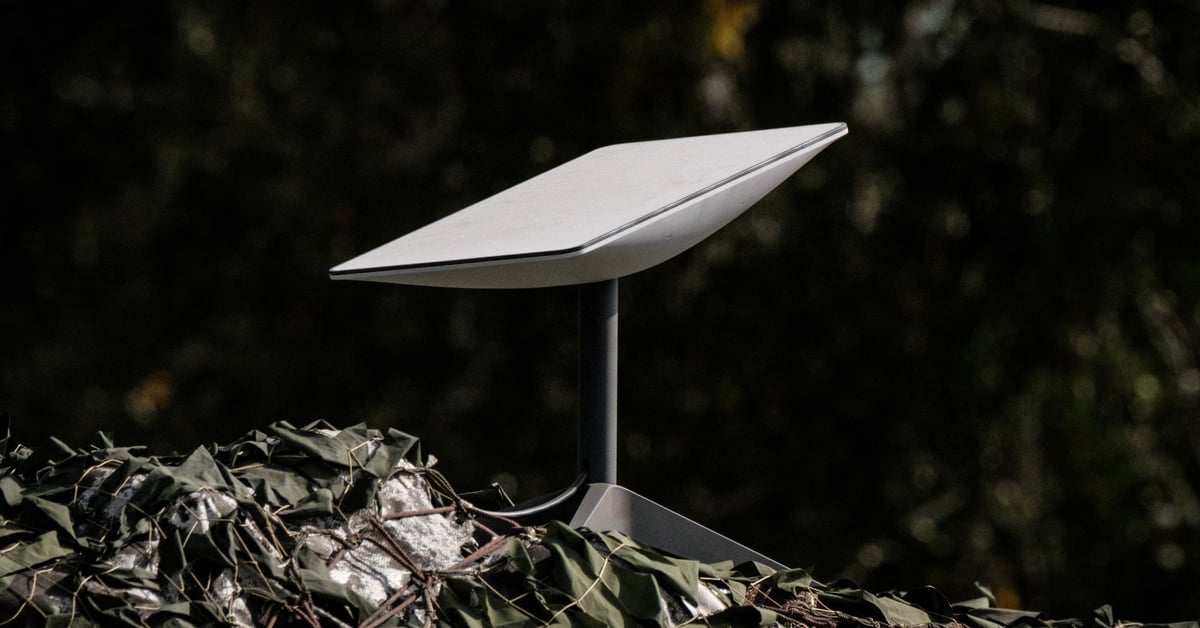

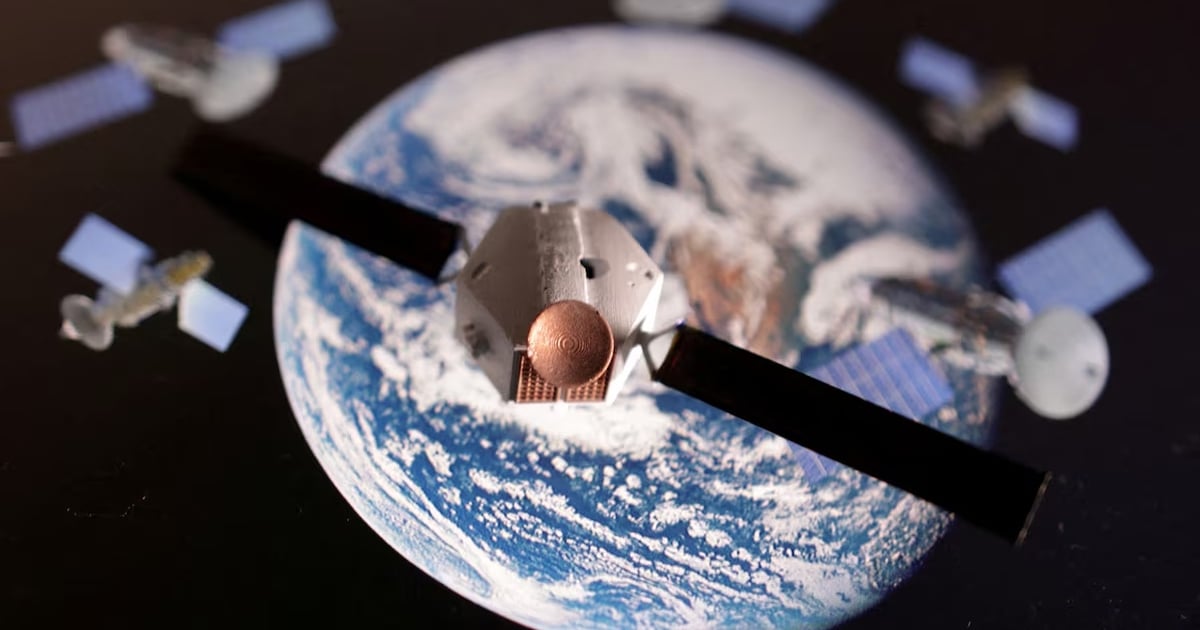

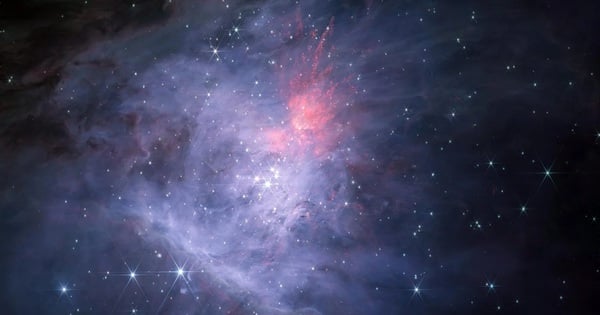

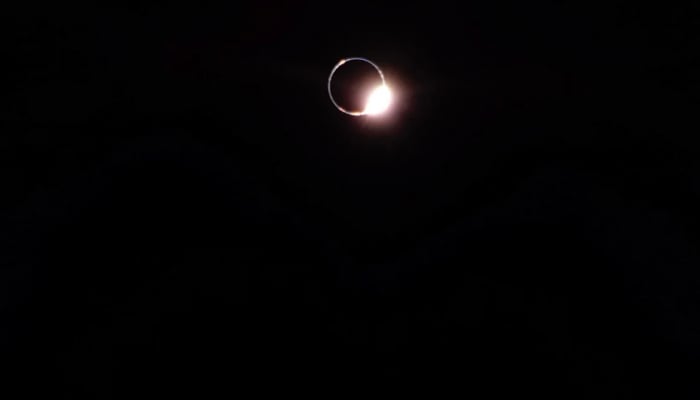

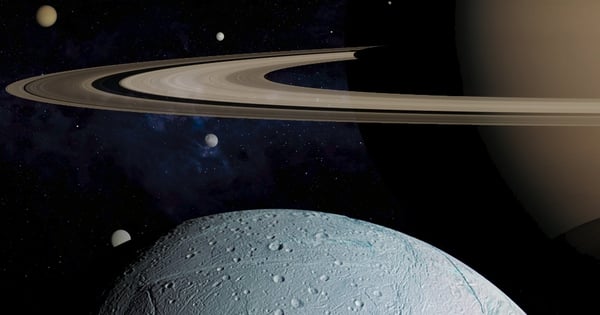
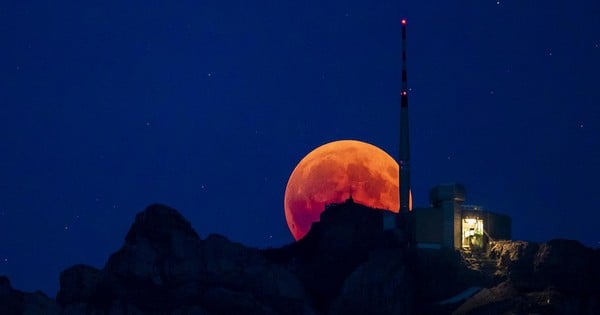












































































Comment (0)